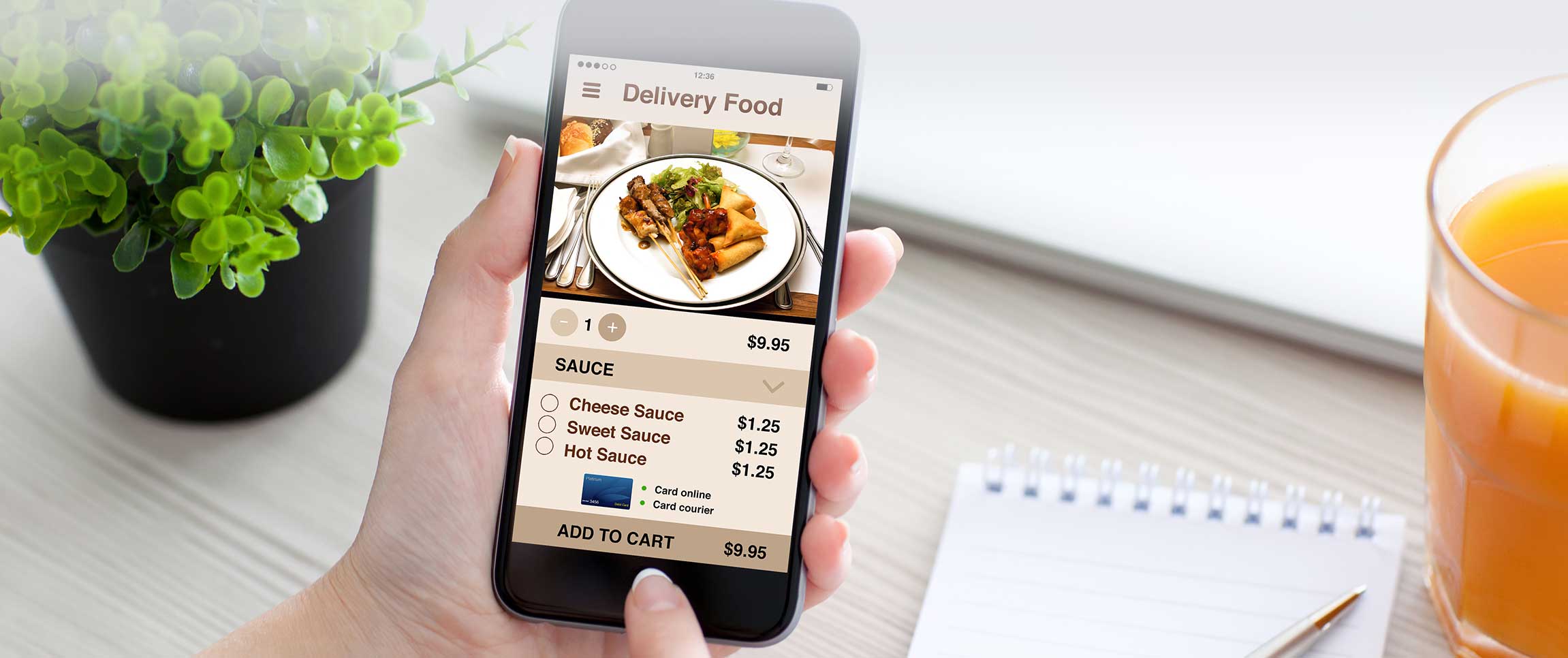Though some restaurant owners have had to alter their business over the last few years due to COVID, several good things have come out of the pandemic. One particular concept is the rise of ghost kitchens.
While ghost kitchens have been around for a bit, it wasn't until recently that more and more started popping up around the country. These eateries act as virtual kitchens where consumers can order food and have it delivered. Here's a deeper look at ghost kitchens and a few tips on what to know before launching your successful version of a virtual concept.
What is a Ghost Kitchen?
Ghost kitchens are physical kitchens that operate in a virtual capacity, where customers can order food digitally and have it delivered. However, there are multiple benefits to these creative establishments. For instance, ghost kitchens operate without needing a dining room, parking lot, or waitstaff — helping owners significantly cut down on costs. Ghost kitchens also offer the opportunity for multiple virtual kitchens to work together in one location, again reducing overall costs.
What are the advantages?
There are several advantages to opening a ghost kitchen. For example, there is less overhead expense without the need for the front-of-the-house staff. Also, since ghost kitchens are relatively new in smaller cities, there's less competition from other virtual kitchens.
Here are a few other pro’s of running a ghost kitchen:
- Growing market trend among consumers for delivery and takeout
- More opportunities for restaurant expansion to multiple locations
- Less space is needed in the restaurant
- Less food waste
What are Some Challenges?
Even though operating a ghost kitchen can be a profitable experience, there are a few challenges you may want to prepare for. For instance, since all orders are taken either online or through a mobile app, you'll want to ensure that your systems are working properly internally and for your customers. Another unique challenge for ghost kitchens is the lack of walk-in customers. Since there is no dining room experience, you'll need to find new creative ways to market your food to customers digitally.
Create a Ghost Kitchen-Friendly Menu
Food is the most crucial part of any restaurant, whether dine-in or virtual. With ghost kitchens, it's even more important to consider which dishes you select to serve customers carefully. Since every meal will need to be delivered, you'll want to avoid items that need to remain cold or hot unless you have thermal delivery equipment.
Another important factor to consider for your ghost kitchen menu is the time it takes to make each dish. While customers don't mind waiting a half hour for food when dining in, some delivery customers could find it off-putting if they need to wait over an hour with drive time. One of the main advantages of running a ghost kitchen is that you can quickly change your menu if needed. Instead of reprinting or editing hard copy menus, you can edit your online menu within seconds.
Set Up Your Delivery System
Another important element that will determine the success of your ghost kitchen is the delivery system you use. Typically, you have two options regarding the software — a third-party delivery app or a native delivery system on your website. Both options have benefits to consider. For example, with third-party apps such as Uber Eats, DoorDash, and Grubhub, the software's functionality is solid and reliable. However, these apps will charge a commission rate that can negatively impact your bottom line.
On the other hand, keeping your delivery system in-house is a great way to keep costs low. However, it also comes with its own set of challenges. For instance, by using your own delivery service, you'll need to ensure you have dedicated drivers and consistently check the performance of the software.
Establish a Marketing Plan
Even though dine-in restaurants need to maximize their marketing efforts, they also benefit from foot traffic. With ghost kitchens, you won't have the luxury of consumers walking into your establishment. Instead, you'll need to create a marketing plan that lets customers know you're open for business.
Here are a few marketing ideas to consider when first starting:
- Sponsor community events
- Utilize digital marketing to drive online traffic to the website
- Establish an active social media presence on Facebook, Snapchat, and Instagram
- Encourage customers to leave reviews on Google and Yelp
- Create opportunities for customers to share user-generated content on social media
- Send out a monthly newsletter to customers on the specials you plan on running for the month
If setting up your own virtual kitchen seems daunting, there are third-party companies that can help make the process relatively painless. One Source partner Virtual Dining Concepts has the resources to get you up to speed and help you start generating extra revenue in less than 30 days.



